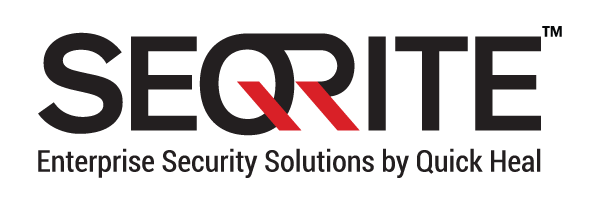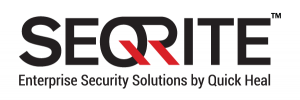1 min read
Seqrite detects BlueKeep: A vulnerability targeting enterprises during RDP pre-authentication in Windows OS

December 31, 2024
Copyright 2023, IT Voice Media Pvt. Ltd.
All Rights Reserved

 Seqrite, a specialist provider of endpoint security, network security, enterprise mobility management and data protection solutions, has highlighted the growing threat presented by CVE-2019-0708, commonly known as BlueKeep. An RDP pre-authentication vulnerability affecting Windows OS, the exploit can be used by cybercriminals and threat actors to compromise systems without the user’s interaction.
Seqrite, a specialist provider of endpoint security, network security, enterprise mobility management and data protection solutions, has highlighted the growing threat presented by CVE-2019-0708, commonly known as BlueKeep. An RDP pre-authentication vulnerability affecting Windows OS, the exploit can be used by cybercriminals and threat actors to compromise systems without the user’s interaction.